The Faroe Islands has a special relationship with the earth.
There are very few trees on the islands, and not much grows there - bar potatoes, turnips, rhubarb and kohlrabi. You won’t see any pigs, and you might see one or two cows.
The Faroese work with what nature gives them. They depend on the sea for their fish, the wild, rugged terrain to feed their sheep - of which there are more of than people - and on the earth to give them their staple root vegetables.
The country, which has a population of just under 50,000, is slap bang in the middle of Norway, Scotland and Iceland - and it’s fenced in by the cold, unforgiving North Atlantic. It takes a long time to import fresh fruit and vegetables, and, as a result. they’re not cheap to buy in the supermarkets.
As Brent Morrow, head chef at Aarstova, puts it, Faroese food is a survival cuisine, through and through. It evolved from having few resources, and disagreeable weather.
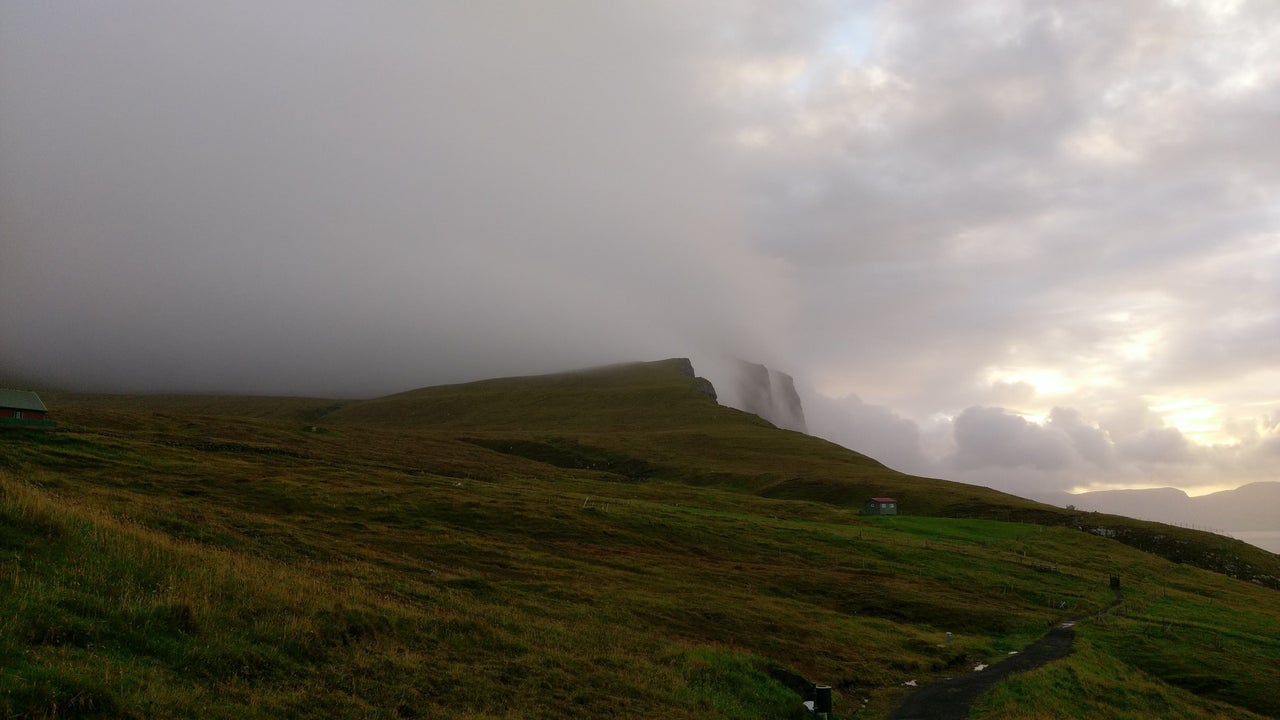
Somewhere along the line, someone invented the hjallur, a drying shed still present in many Faroese homes. The shed is dotted with holes in the wall, so the fierce North Atlantic winds can whip through and air-dry fish and meat, which hangs for months on end to ferment.
As salt was too expensive to buy, locals simply used the salty sea air to preserve the meat, and that technique, known as ræst, still exists today.
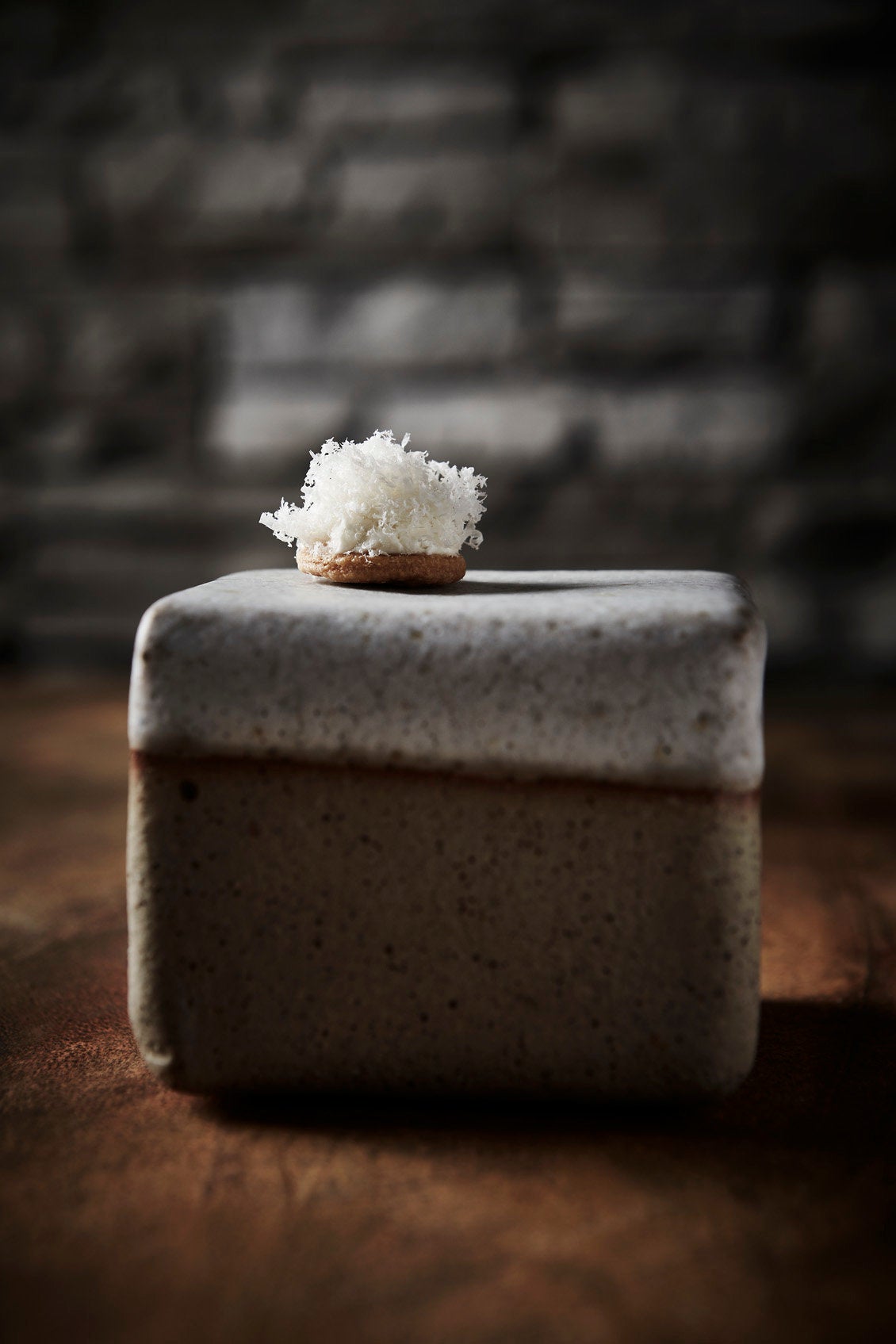
A few years ago, the Faroese “survival cuisine” took on a more macabre meaning. Many young Faroese travel to Denmark to study, and, in 2009, an apparently healthy 21-year-old dropped dead in his dorm room from heart failure. Two years earlier, his sister had died of a heart attack. In January 2010, a young woman passed away in similar circumstances.
The trio suffered from a rare genetic disorder called Carnitine Transporter Deficiency (CTD), which has now been found in many other Faroese residents. People who suffer from CTD lack carnitine – a natural substance produced by the body to process fat in cells. Without the proper levels of carnitine, the failure to convert fat into energy can lead to heart problems, and ultimately, death.
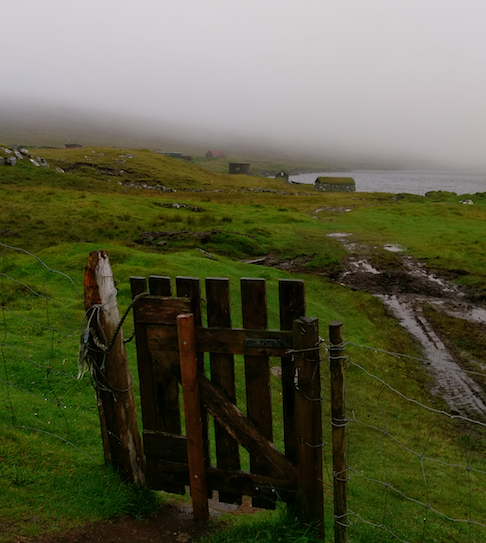
The prevalence of CTD in the Faroe Islands is now known to be the highest in the world, 1,000 more common than anywhere else.
The islanders developed the disorder after centuries of a protein-rich diet. When the students moved away to study, they ate far less meat and fish, and far more carbohydrates. Their bodies simply couldn’t cope.
In spite of the fierce pride Faroese people have when it comes to their traditional food there are few restaurants serving up traditional fare; skerpikjøt, for example, is wind-dried mutton and is brought out for guests on special occasions, but almost impossible to find in restaurants.
There are, however, a handful of chefs determined to take the cuisine mainstream. Morrow, an Australian export, has made lamb shoulder the pièce de résistance of his Aarstova restaurant, and often experiments with rhubarb.
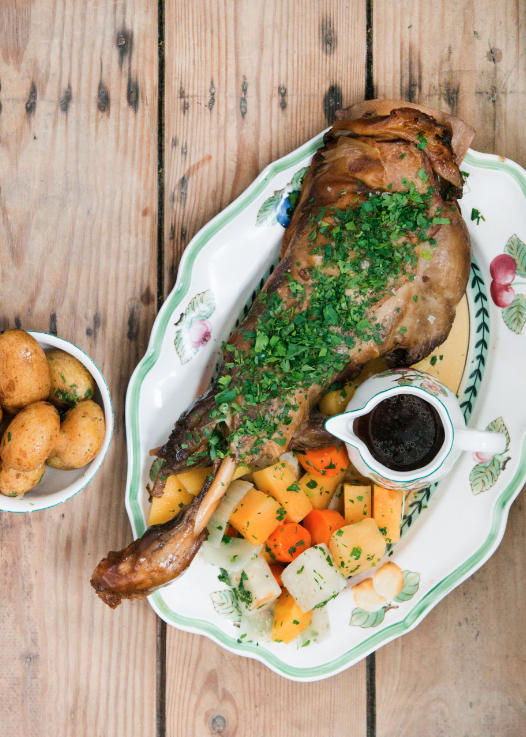
“We’ll get a load in and we’ll just find different ways of serving it up. It makes you so much more creative,” he explains.
Poul Andrias Ziska heads up Koks, a fine-dining restaurant making a name for itself as the latest thing in Nordic cuisine.
Faroese born and bred, he utilises every local produce he can get his hands on - whether it’s the seaweed he harvests from the fjord the restaurant overlooks, or camomile growing by the roadside.
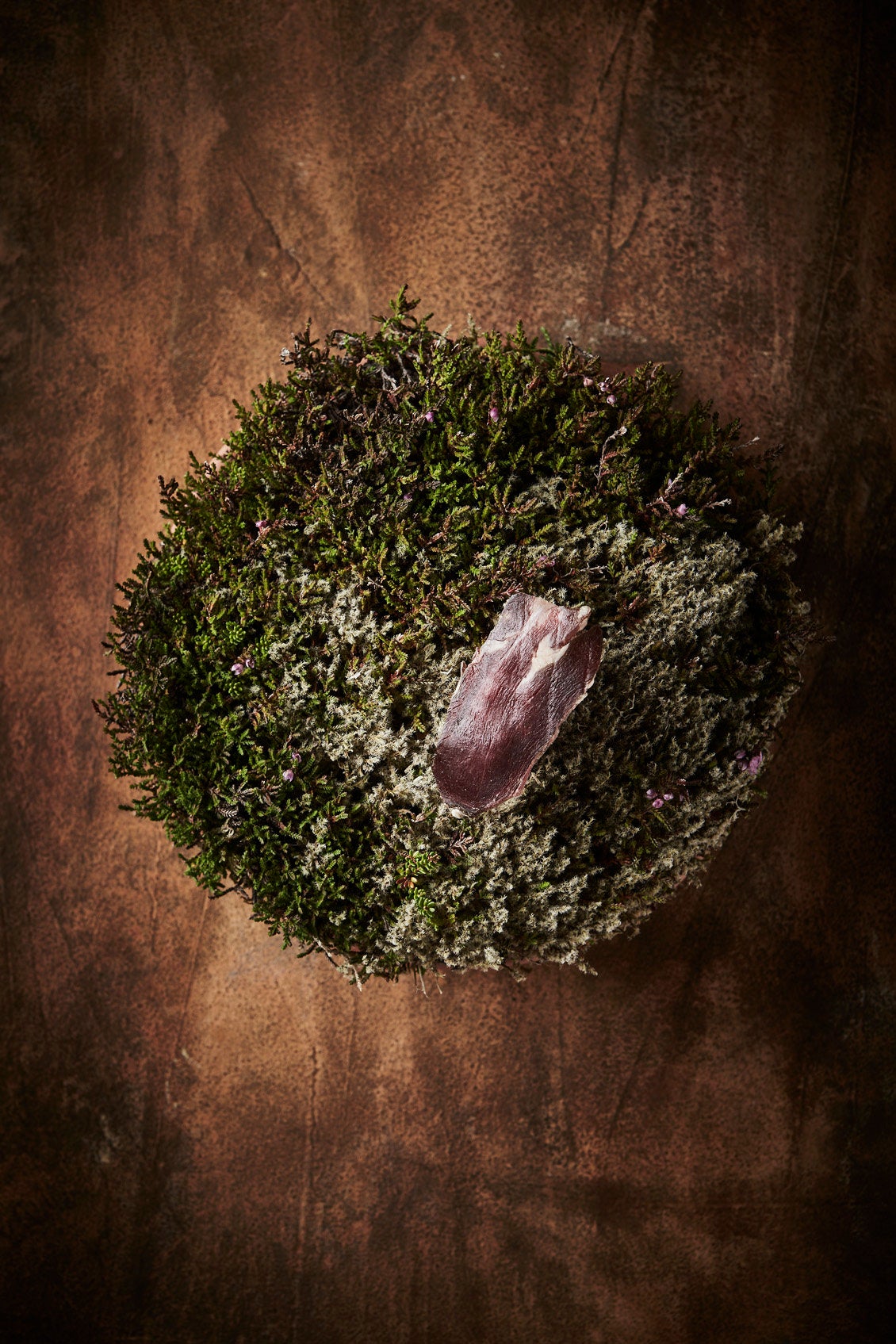
Ziska is on a mission to show fine dining and local produce aren’t mutually exclusive; the lengthy waiting list shows he’s well on his way to achieving his aim.
Hearty, wild and wholly dependent on the seasons; Faroese cuisine might be simple and rooted in basic beginnings, but there are so many lessons we can learn from it.
